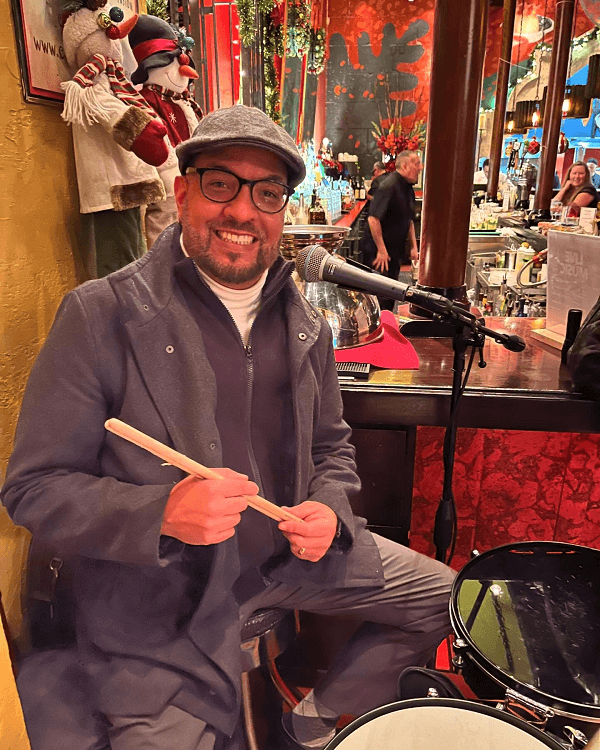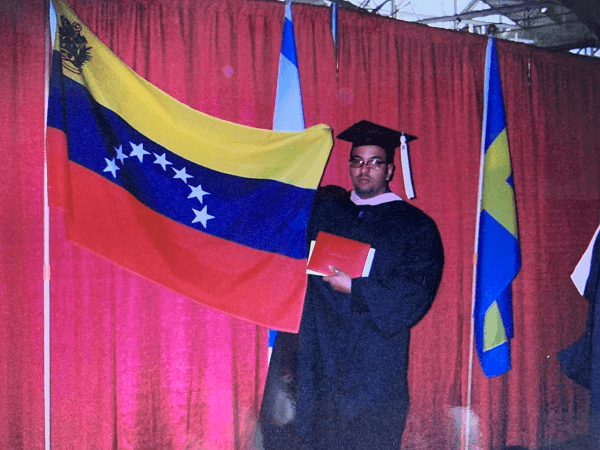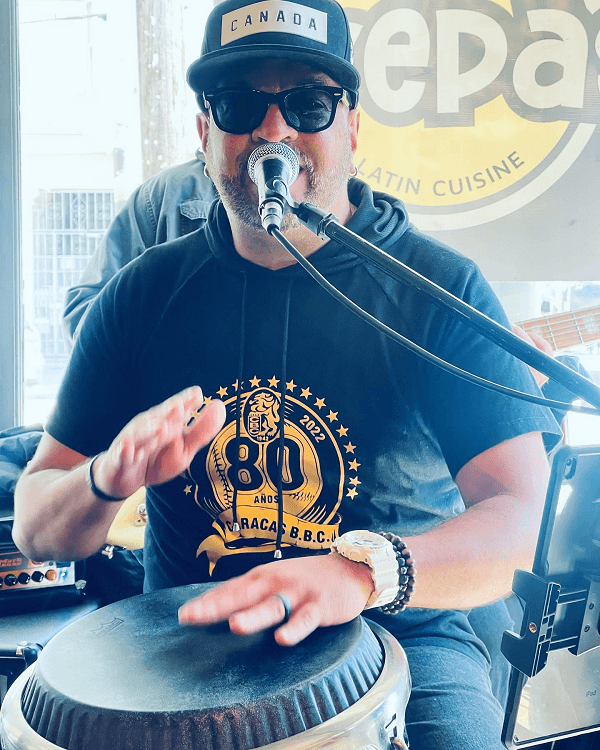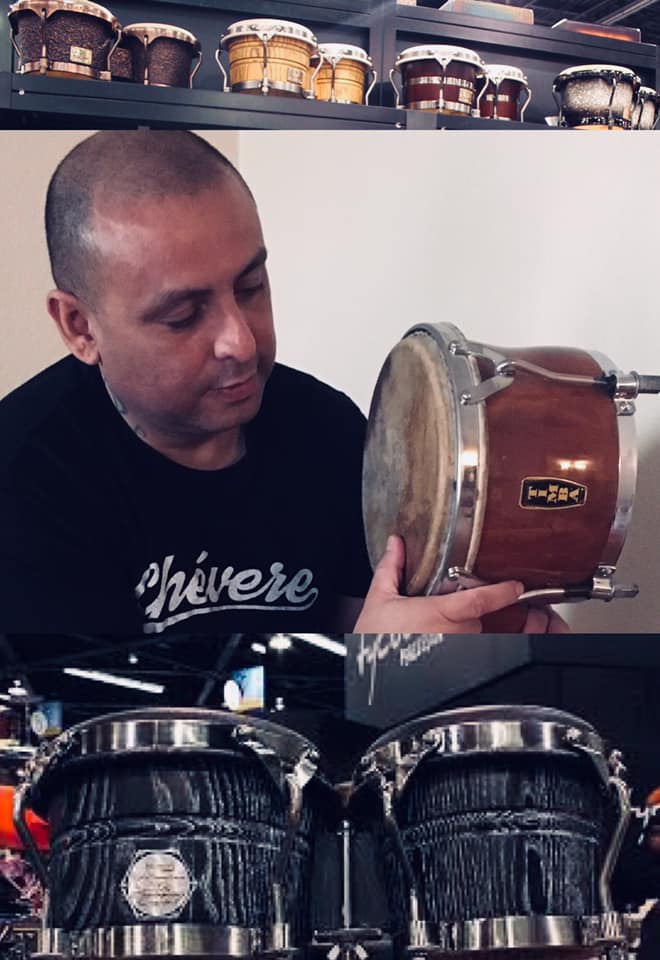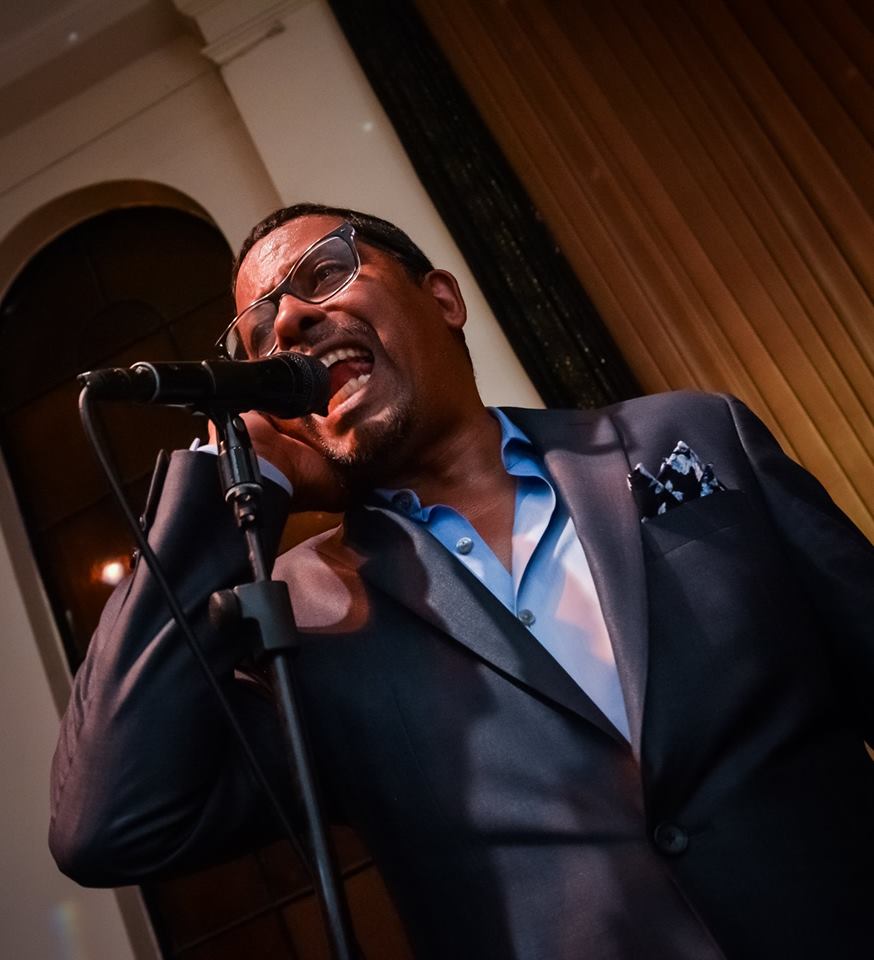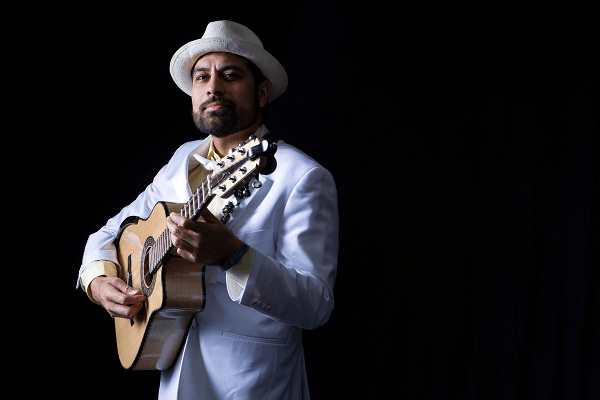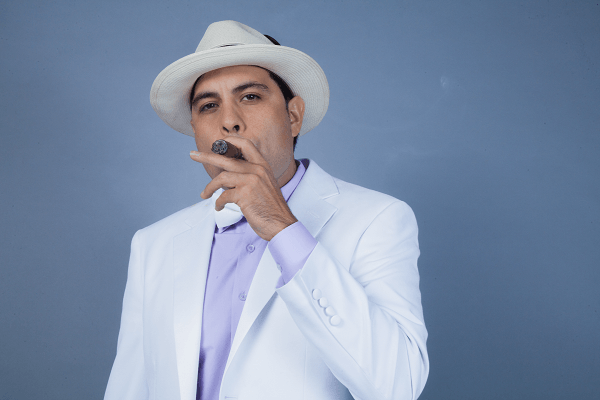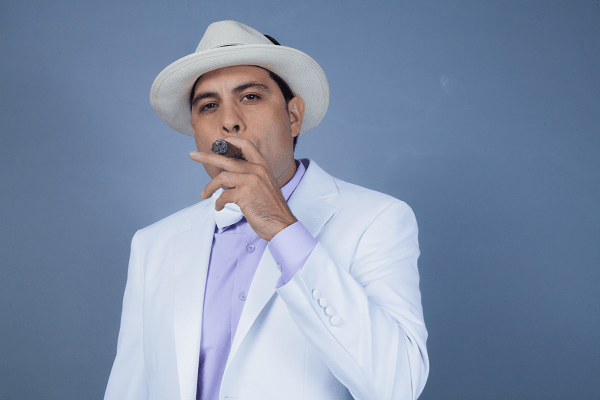Like the sweet rum and mild cigars, bamboleo is another one of those exquisite Cuban products that, once tasted, can’t get enough.
The 14-member timba group is a fiery number, from its music and choreography to its well-dressed singers and musicians.
Lazaro Valdes leads the group, plays piano, arranges, composes and writes songs. Born in Havana, he studied at the Alejandro García Caturla Academy in the 1970s.
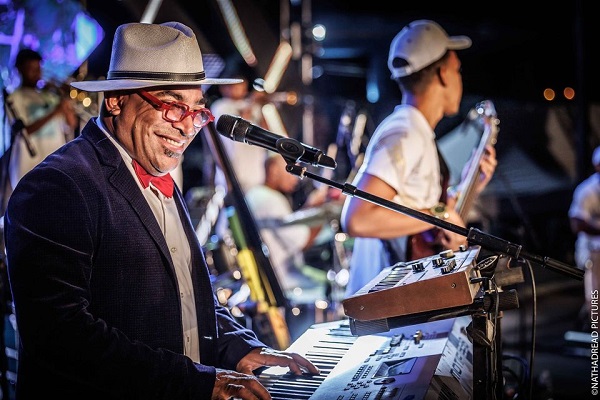
He created Bamboleo after spending time performing with artists such as Pachito Alonso, Bobby Carcasses and Héctor Téllez.
He selected the best musicians and incorporated into his new company many who had been trained at the Escuela Nacional de Arte de La Habana.
He added sparkle with vocalist Haila Mompie, who in turn recruited vocalist Vannia Borges. Another Havana native, Borges began studying music at the age of five, and first sang professionally with an all-female group known as D’capo in the early 1990s. Four years later, she became part of the band D’capo.
Four years later, she moved on to Pachito Alonso y su Kini Kini, which she left in 1997 to add her talents to Bamboleo.
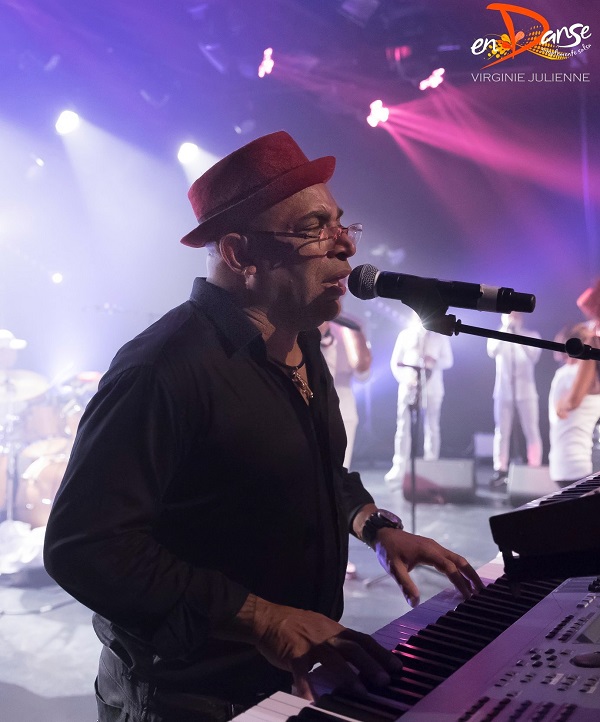
Guantanamera Yordamis Megret joined the group in 1998, a year after Mompie’s departure. She began her musical training at the age of 10 and took up the guitar.
Like Borges, she is also a student at the Escuela Nacional de Arte. After graduating, she began singing professionally with Ricacha. Before joining
Bamboleo, Megret sang in José Luis Cortés’ salsa group PG. Bamboleo began touring outside Cuba in 1996, the same year the group debuted with Te Gusto o Te Caigo Bien.
The group has performed in major U.S. cities from Chicago to Miami, and from New York to Los Angeles. Following the release of Yo No Me Parezco A Nadie and Ya No Hace Falta, the group toured the world, with stops in Europe, the United States and Japan, as well as the Heineken 2000 World Music Festival in China.
Bamboleo also collaborated on the Temptations’ Grammy-winning album Ear-Resistable.
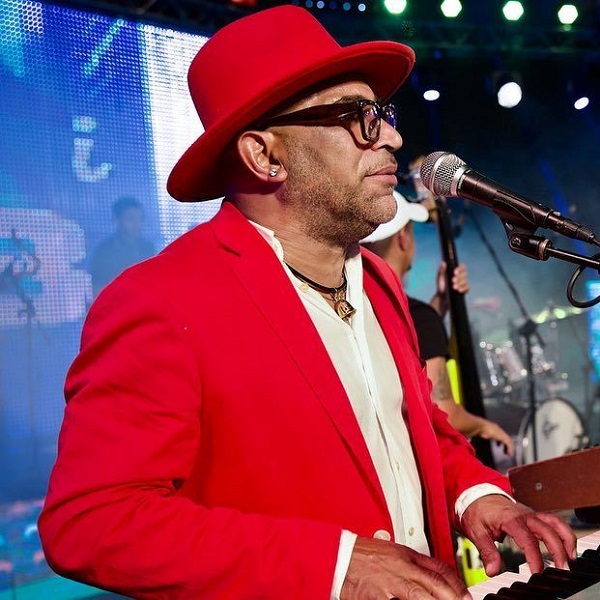
In addition, the group has appeared on MTV’s Road Rules and has worked with artists such as James Brown, Femi Kuti and George Benson.
Bamboleo, one of the best-known groups on the crest of the timba wave, a new style that blends salsa with funk and jazz elements and emanates from the streets of Cuba, remains at the forefront with 1999’s Ya No Hace Falta.
After leaping to international notoriety with 1997’s Yo No Me Parezco a Nadie, the pressure was on to deliver for his newfound fan base.
With smooth arrangements and a band with a tight drum kit, Bamboleo had no trouble making good on their reputation and, if anything, raised the bar for the entire genre.
Both the horn section and the vocalists have a cool, smooth approach that contrasts with the energetic sound of similar groups like Charanga Habanera or NG la Banda.
This smoky, jazzy sensibility juxtaposed with the sharp corners of the superfunky rhythm section makes for easy and enjoyable listening.
The group doesn’t lack for warmth, with salty montunos from pianist/arranger Lazaro Valdes and plenty of time changes from a percussion section as good as any operating today.
Sonically, the ears rejoice in listening to a timba album that lacks neither fidelity nor modern production sensibilities.
With its balanced overall sound, unique approach and expert musicianship, Bamboleo will set trends and erase boundaries for decades to come.

Evan C. Gutierrez
Bamboleo – Ya No Hace Falta (1999).
Musicians:
Lázaro M. Valdés Rodríguez (Director, piano, composer).
Abel Fernández Arana (Alto Saxophone)
Carlos Valdés Machado (Tenor saxophone)
Anselmo “Carmelo” Torres (trumpet)
Dunesky Barreto Pozo (Congas)
Alberto Para (Maracas)
Herlon Sarior (Timbales)
Jorge David Rodríguez (Voice)
Yordamis M. Mergret Planes (Vocals)
- Frank Cintra Cruz (Trumpet)
Alejandro Borrero Ramírez (Vocals)
Vannia Borges Hernández (Vocals)
José Antonio Pérez Fuentes (Violin)
Maylin de la Caridad González Aldama (Cello)
Ludwig Nunez Pastoriza (Drums)
Rafael P. Pacerio Monzón (Banjo)
Ulises Texidor Pascual (Bongos)
Sources:
